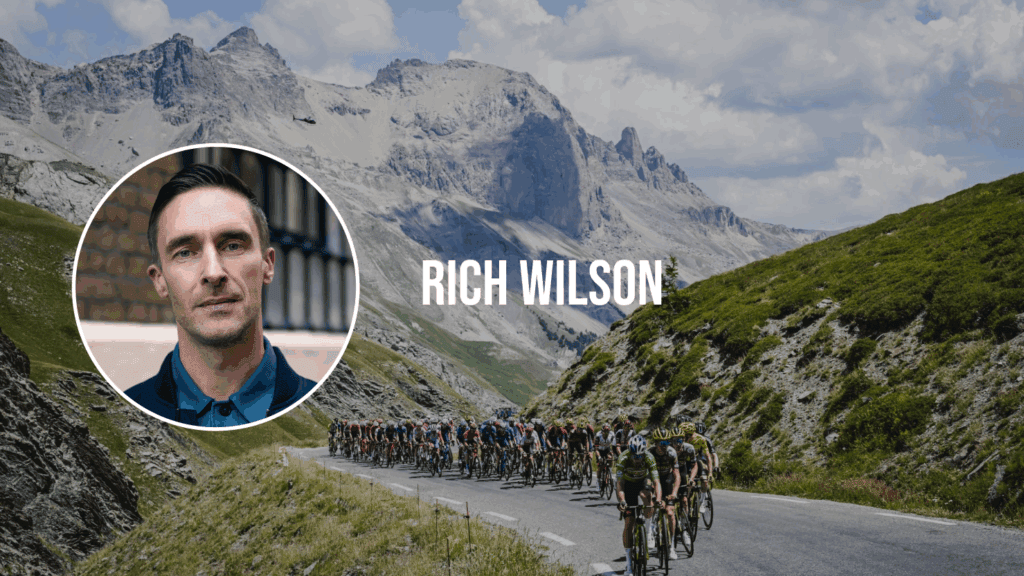Online Editor at The Farm
From making toast and sorting tapes to helping shape emotionally powerful documentaries, Rich Wilson has followed a classic path through the world of post-production, and made it his own. Now an experienced online editor at The Farm, he brings a calm head, a sharp eye, and a creative mindset to the final stages of every project.
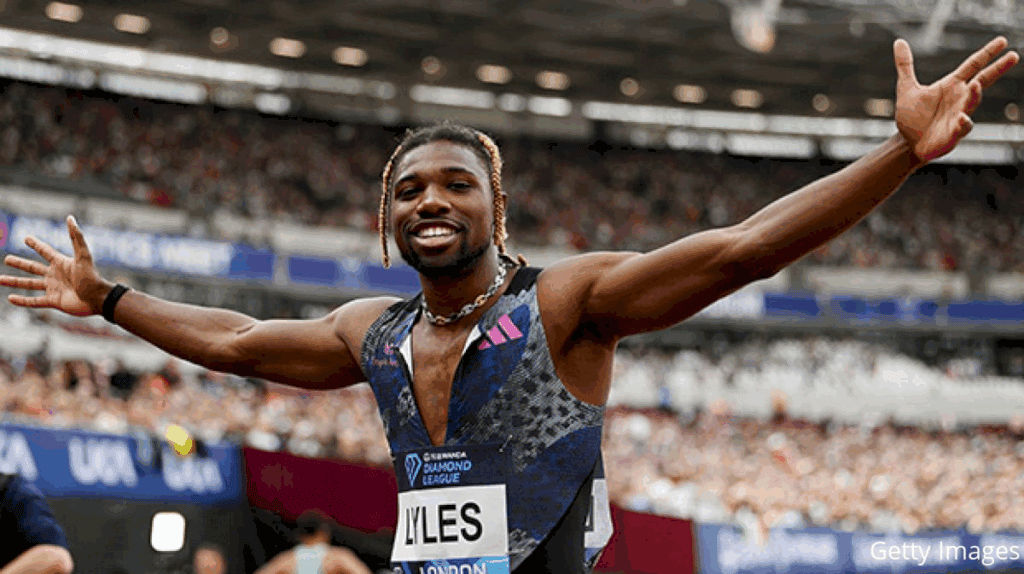
From burnt out to breaking in
Before entering the world of editing, Rich found himself stuck in a mind-numbing office job. After quitting and spending a year travelling, a chance encounter with a TV editor sparked something. “I’ve always loved film and TV, so I decided that was how I’d get paid to be creative,” he says.
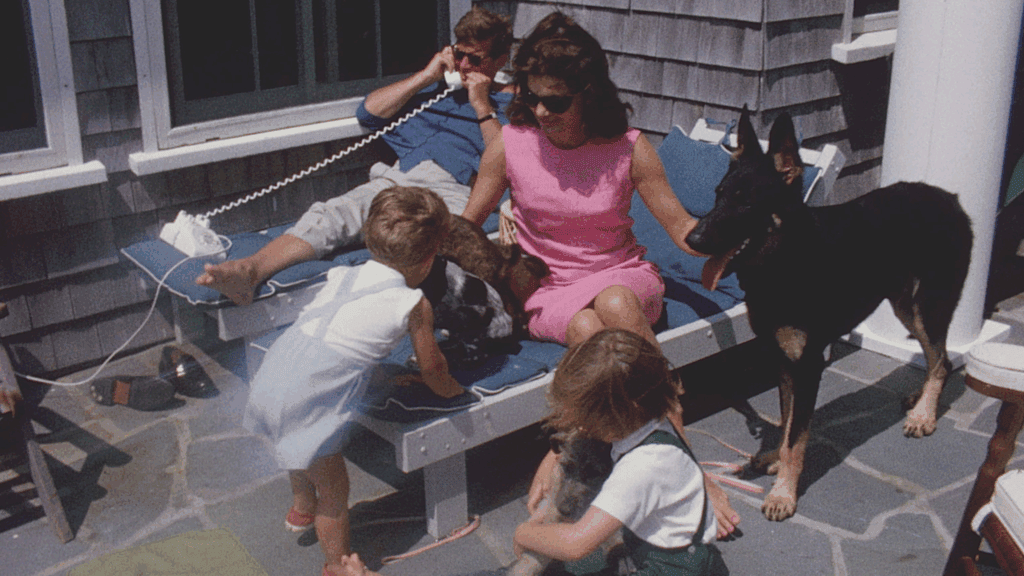
While that friend now lives on a beach in Costa Rica, Rich returned to London and threw himself into post. He started as a runner at The Farm and never looked back. “I spent my early days making a lot of toast and sorting tapes,” he laughs. From there, he worked in machine rooms, assisted editors, and absorbed every bit of knowledge he could. Eventually, he found his fit in online editing, a role that blended technical precision with creative finishing in a way that just clicked.
The polish that makes it shine
“I’m genuinely grateful to have a job that’s both creative and stimulating,” Rich says. There’s something uniquely satisfying, he explains, about taking a rough offline cut and transforming it into a seamless, polished final product. “Knowing that what I’ve worked on will (hopefully) be enjoyed by many people is incredibly rewarding.”
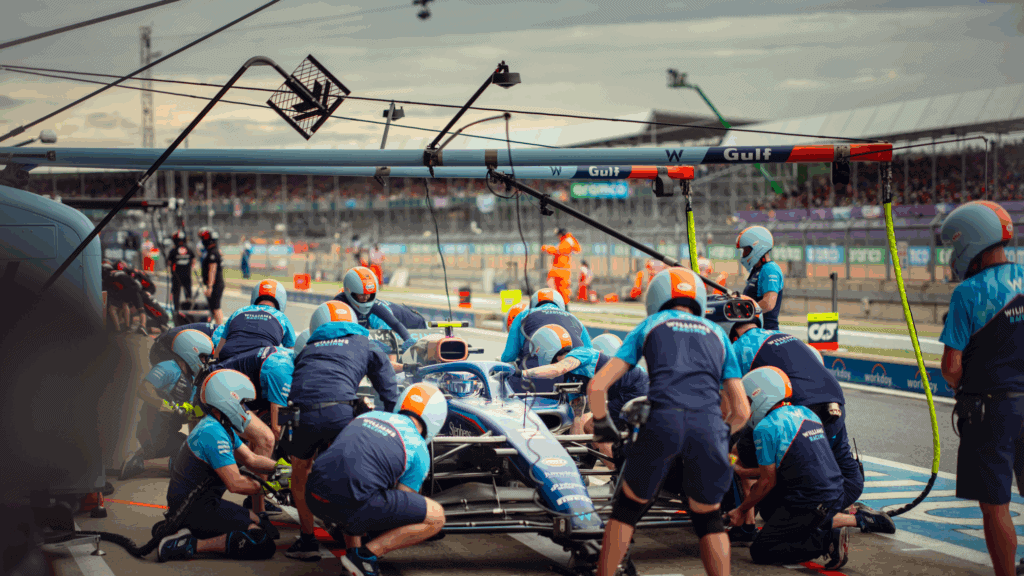
Standing out
Rich is candid about the realities of entering the industry. “Starting at the bottom is a rite of passage, it’s humbling, but it’s the best way to learn the ropes and figure out where you want to go.” He encourages newcomers to be eager, visible, and genuinely enthusiastic. “You could be incredibly talented, but if no one knows your name, opportunities will pass you by.”
He also stresses the importance of technical skills. Understanding the tools used in post is a non-negotiable, especially for online editors. Offline editors should hone their sense of story, pacing, and emotion, while online requires a razor-sharp eye for detail and the ability to spot and fix anything that might pull the viewer out of the story. “And most importantly,” he adds, “be patient. Every role is a step forward, and the climb is worth it.”
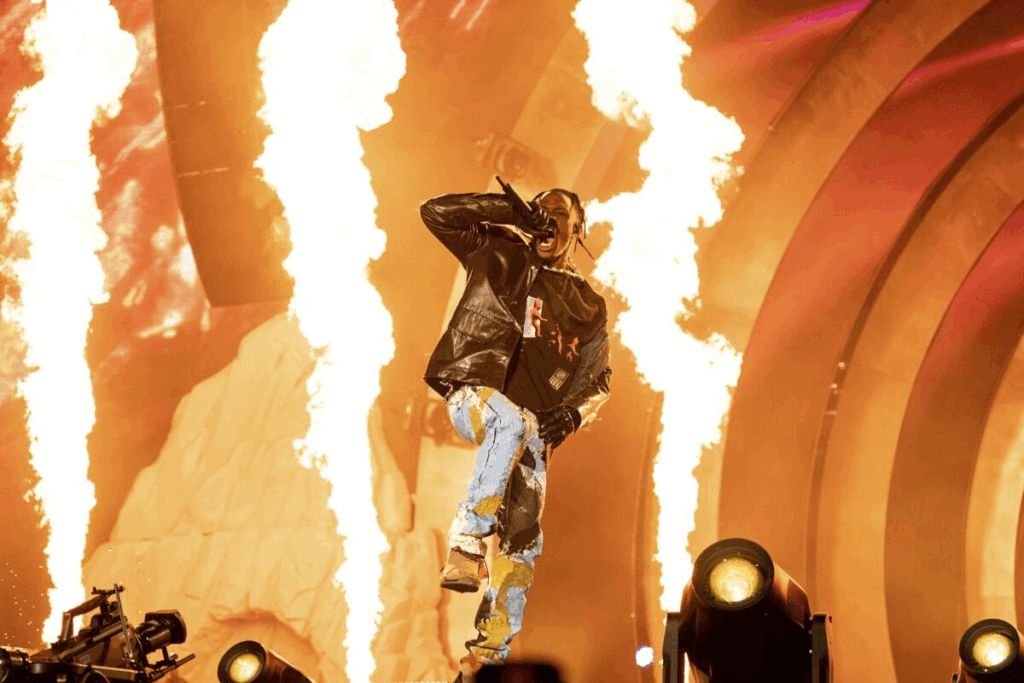
Challenging projects, proud moments
One project that stands out for Rich is The Astroworld Tragedy, which documented the tragic events of the 2021 music festival through survivor stories and user-generated footage. “The material was incredibly immersive but came with huge technical challenges, everything from frame rate issues to inconsistent quality,” he says. “Every clip had to be treated individually to create a cohesive flow.”
It wasn’t easy, but it was meaningful. “While the offline cut told the story, I’m proud that my work elevated it, making it more immersive, more coherent, and more powerful.”
Adapting with experience
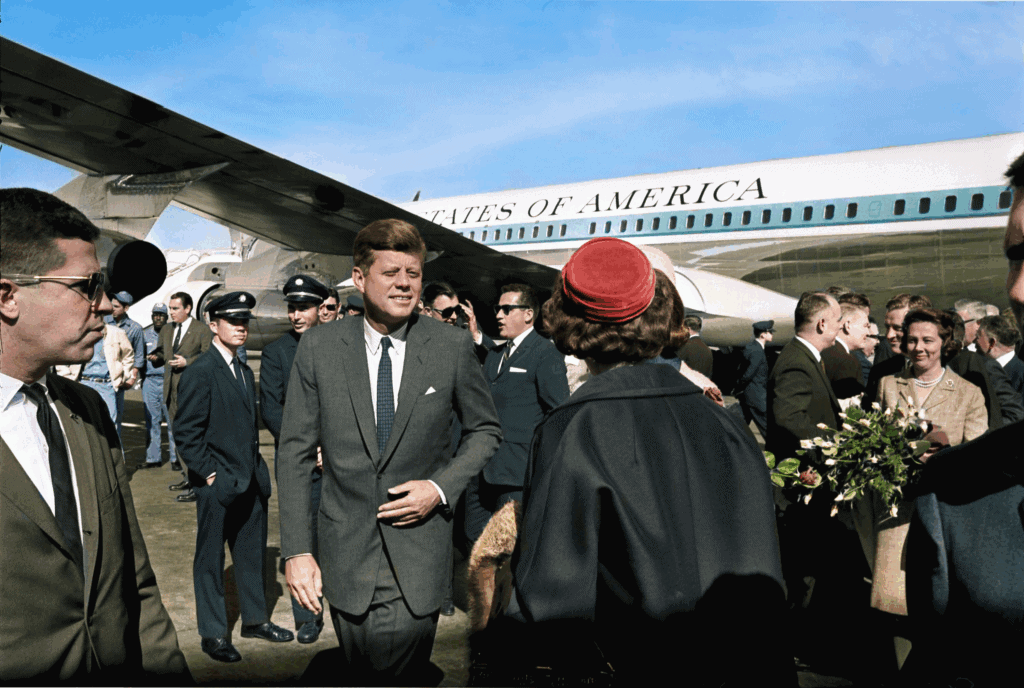
Rich’s approach to editing has evolved over the years. “When I started, I obsessed over getting everything technically perfect,” he says. “That attention to detail is still critical, but I’ve since given myself permission to explore the more creative aspects.” He’s now more confident diving into complex VFX work and trying out new techniques, which keeps each project fresh and creatively rewarding.
What makes a great editor?
For Rich, being a great editor means mastering both the creative and the technical. You need to understand your tools, solve problems quickly, and communicate clearly across post teams. Attention to detail is essential, especially in online work where the smallest mistake can pull focus. Keeping calm under pressure and being open to endless rounds of feedback is all part of the job.
And above all, he says: “It’s when you combine technical precision with a creative touch that you get the best edits.”
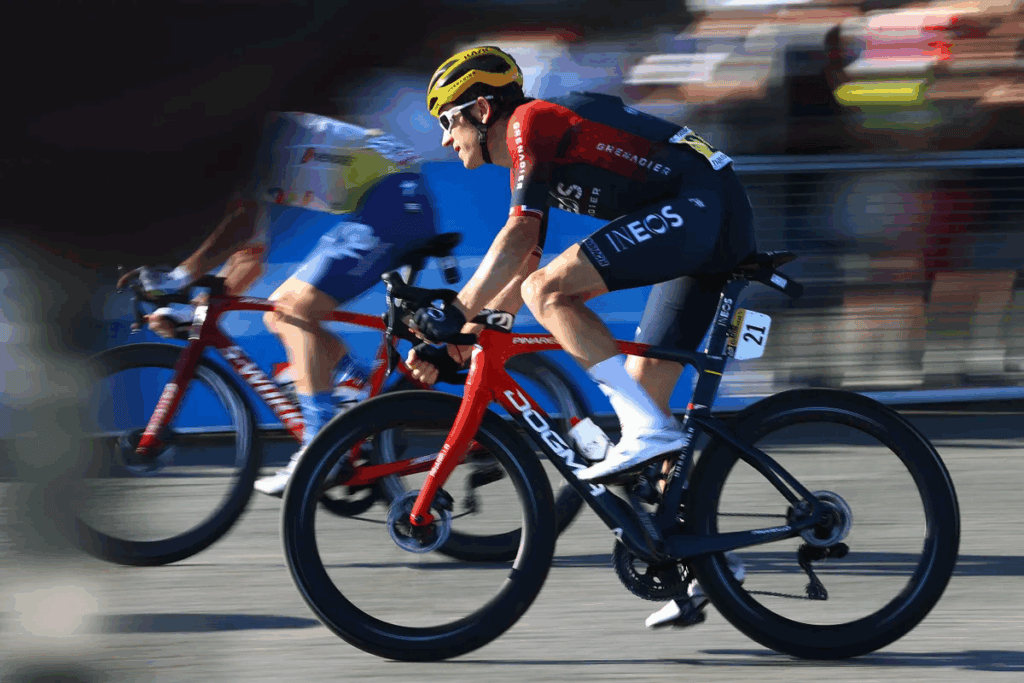
The final layer of storytelling
As an online editor, Rich sees his role as enhancing the work that’s already been shaped in the offline. He focuses on continuity, VFX, and transitions, making sure the edit feels seamless and immersive. “A good edit has clean cuts, the best takes, proper pacing, and a clear narrative,” he says. “But a great edit goes further, every shot feels intentional, the flow is natural, and the audience never even notices the editing.”
When Rich has done his job right, the story takes centre stage, with nothing technical getting in the way.
A front-row seat to the final cut
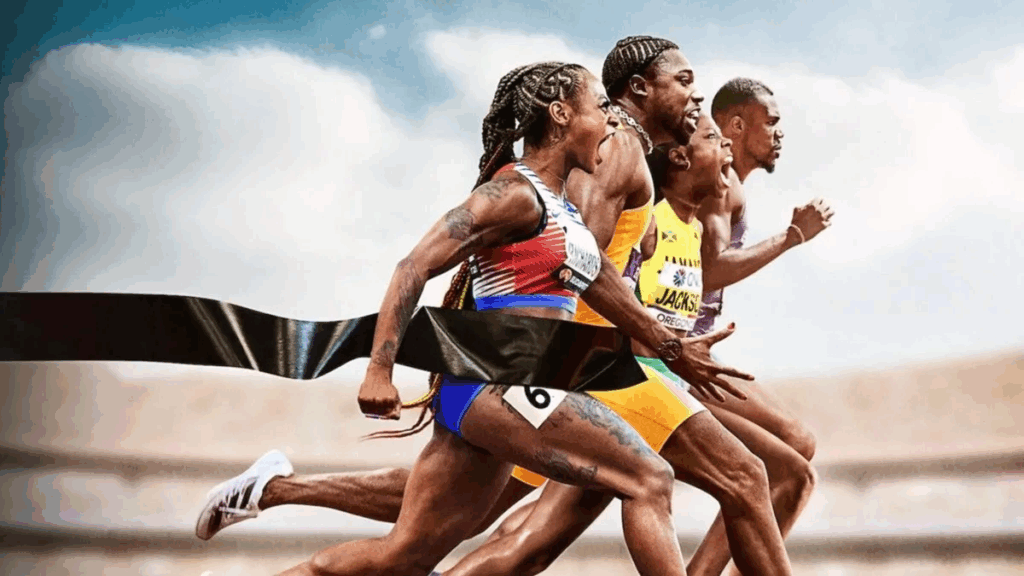
One of Rich’s favourite moments in the edit suite is the final review session. “So many people have poured months or years into a project, and I get to help bring that vision to life,” he says. “Watching producers, directors, and execs see it come together, seeing their excitement, that’s the real buzz.”

